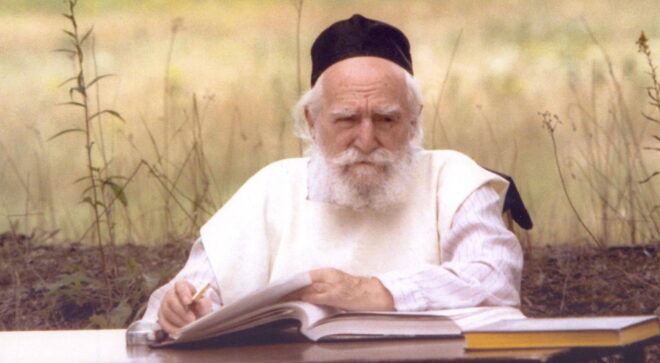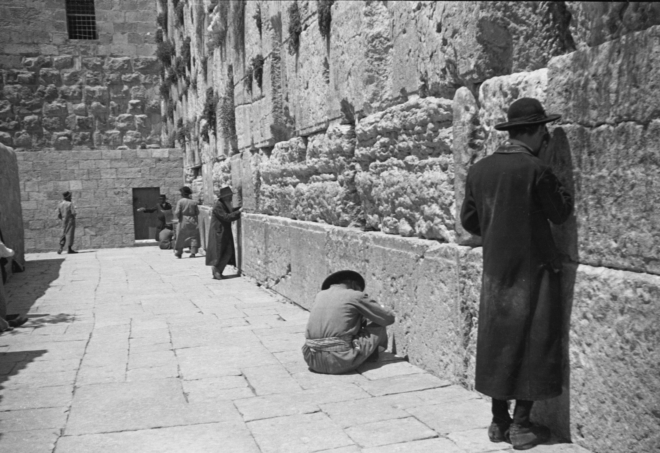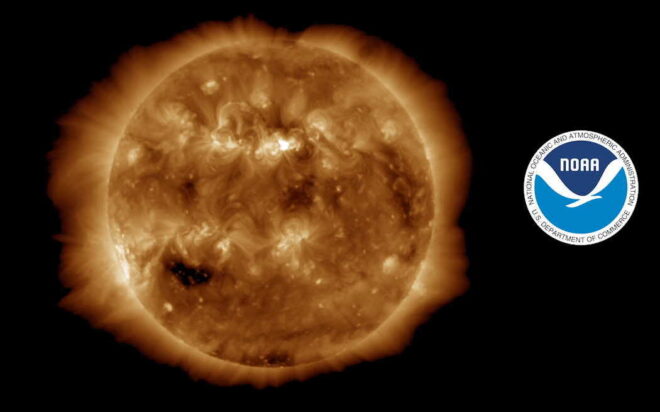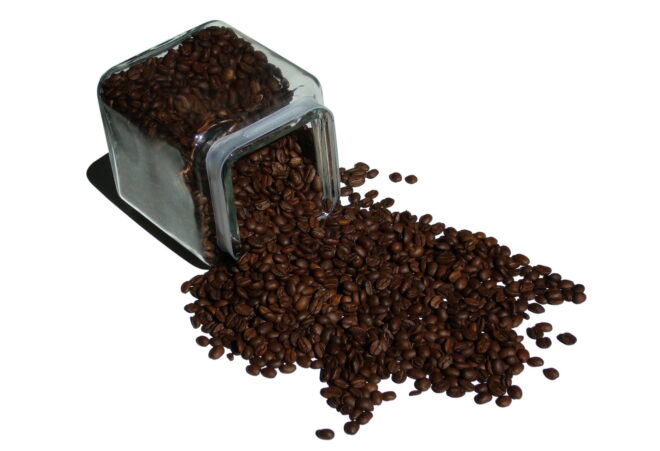
Rav Moshe Feinstein is of the opinion that chatzos is at a fixed time all year round and is calculated based on the location’s longitude (in Lakewood, NJ it is at 11:56am / 12:56pm during DST). See Igros Moshe Orach Chaim vol 4 no. 20 who states
והנה החצות לילה באמת לא משתנה כלל מימים הארוכים דקיץ לימים הקצרים חזודף אף לא לרגע אחד, למה שכתבתי בספרי אגדות משה על או״ח בסימן כ״ד שחצות היום הוא לעולם שוה שהוא כשבא השמש לאמצע הדרום וזה שוה בכל השנה רק ששני חצאי היום אינם שוים רק איזה ימים בשנה ולפעמים חצי הראשון גדול ולפעמים חצי השני גדול עיי״ש, וכן קבלתי גם מאבי מורי זצללה׳׳ה.
See the Igros Moshe for more details. The Aruch Hashulchan in Orach Chaim 233 no. 14 also calculates chatzos at a fixed time all year.
ודע דחצות היום תמיד שוה בקיץ ובחורף כשיכה המורה שעות י״ב אז הוי חצות היום וכן בלילה שהרי השעות שנתוספו או נתקצרו חציים מקודם חצות וחציים מלאחר חצות וא׳׳כ ממילא דהחצות לעולם עומדת בשוה
Rav Moshe also bases other zmanim calculations on this fixed local chatzos. As opposed to calculating shaaos zmaniyos from beginning to the end of a day, Rav Moshe calculates a number of zmanim based on half of the day starting or ending at fixed local chatzos (see Igros Moshe Orach Chaim vol 1, no. 23).
ומש״כ ידידי שהלוח של הישיבה אינו מדוקדק, הנה הוא בדיוק גדול ונכתב על דעתי. והטעם דהחצות של היום שהוא כשבא השמש באמצע הדרום שוה לעולם, אבל שני חצאי היום אינם שוים רק איזה ימים בשנה ולפעמים חצי הראשון גדול ולפעמים חצי האחרון. ולכן בין לקולא בין לחומרא מסתבר שנחלקו שש שעות עד חצות ושש שעות מחצות עד הערב. ולכן מש״כ ידידי שהוא שבשתא וטעות לא דבר נכונה שהוא אמת גמור וליכא ע״ז שום קושיא.
These zmanim are used in Mesivta Tiferet Yerushalayim (MTJ), Yeshiva of Staten Island and Camp Yeshiva of Staten Island. Code to calculate these Rav Moshe zmanim is now part of the latest v2.3.0 release of the KosherJava Zmanim API.
The following new zmanim are now included in the API:
Sample Usage
For developers, here is sample code that calculates the new zmanim. This should allow many zmanim apps to add Rav Moshe Feinstein’s zmanim with very little effort.
String locationName = "145 E Broadway, New York, NY";
double latitude = 40.7138;
double longitude = -73.9913;
double elevation = 11;
TimeZone timeZone = TimeZone.getTimeZone("America/New_York");
GeoLocation location = new GeoLocation(locationName, latitude, longitude, elevation, timeZone);
ComplexZmanimCalendar czc = new ComplexZmanimCalendar(location);
czc.getCalendar().set(1986, Calendar.MARCH, 23); //Rav Moshe's petirah
System.out.println("Sof zman shma alos 18° to fixed local chatzos: " + czc.getSofZmanShmaMGA18DegreesToFixedLocalChatzos());
System.out.println("Sof zman shma alos 16.1° to fixed local chatzos: " + czc.getSofZmanShmaMGA16Point1DegreesToFixedLocalChatzos());
System.out.println("Sof zman shma alos 90 to fixed local chatzos: " + czc.getSofZmanShmaMGA90MinutesToFixedLocalChatzos());
System.out.println("Sof zman shma alos 72 to fixed local chatzos: " + czc.getSofZmanShmaMGA72MinutesToFixedLocalChatzos());
System.out.println("Sof zman shma sunrise to fixed local chatzos: " + czc.getSofZmanShmaGRASunriseToFixedLocalChatzos());
System.out.println("Sof zman tfila sunrise to fixed local chatzos: " + czc.getSofZmanTfilaGRASunriseToFixedLocalChatzos());
System.out.println("Mincha gedola 30 minutes after fixed local chatzos: " + czc.getMinchaGedolaGRAFixedLocalChatzos30Minutes());
System.out.println("Mincha katana fixed local chatzos to sunset: " + czc.getMinchaKetanaGRAFixedLocalChatzosToSunset());
System.out.println("Plag hamincha fixed local chatzos to sunset: " + czc.getPlagHaminchaGRAFixedLocalChatzosToSunset());
System.out.println("Tzais 50 minutes after sunset: " + czc.getTzais50());
Calculating other fixed local chatzos based zmanim not included in the library (and not necessarily endorsed by this shitta) are very simple with the generic getFixedLocalChatzosBasedZmanim(Date startOfHalfDay, Date endOfHalfDay, double hours) method built to simplify calculating these zmanim. Here are a few examples.
//4 hours into a day based on half the day from alos 18° to fixed local chatzos
System.out.println("Sof zman tfila 18° to fixed local chatzos: " + czc.getFixedLocalChatzosBasedZmanim(getAlos18Degrees(), getFixedLocalChatzos(), 4);
//plag hamincha based on the second half of the day starting at fixed local chatzos and ending 50 minutes after sunset
System.out.println("Plag hamincha fixed local chatzos to tzais 50 minutes: " + czc.getFixedLocalChatzosBasedZmanim(getFixedLocalChatzos(), getTzais50(), 4.75);
I would like to thank Avraham David Gelbfish who requested this addition and provided instructions on the proper calculations used by these yeshivos in calculating the zmanim.

 When comparing the results of the
When comparing the results of the 

 While overly broad ZIP code based zmanim geolocation
While overly broad ZIP code based zmanim geolocation